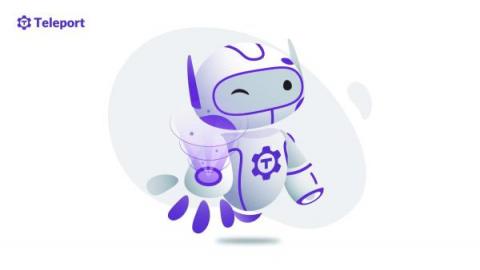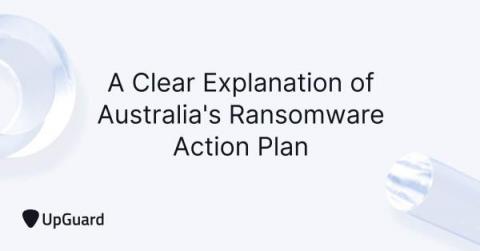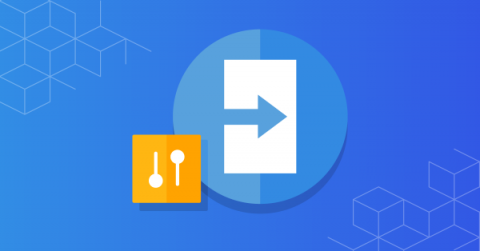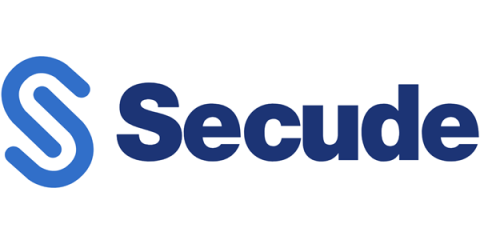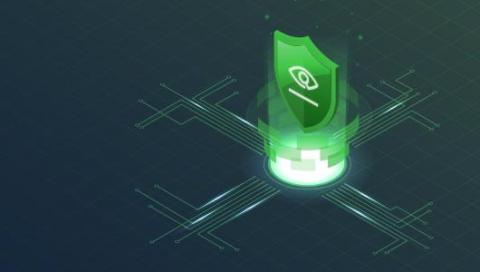An Engineer's Perspective on Onboarding
Before I joined the security industry, I was an end user. Coming in with that first-hand experience equips me to talk about secure remote access from multiple perspectives: as a vendor and as a practitioner. This lets me see the technologies available and also understand the drivers and issues engineering orgs face adopting them, particularly with onboarding engineers. I’ve been a support engineer for over 20 years, across Operations and System & Database Administration.


